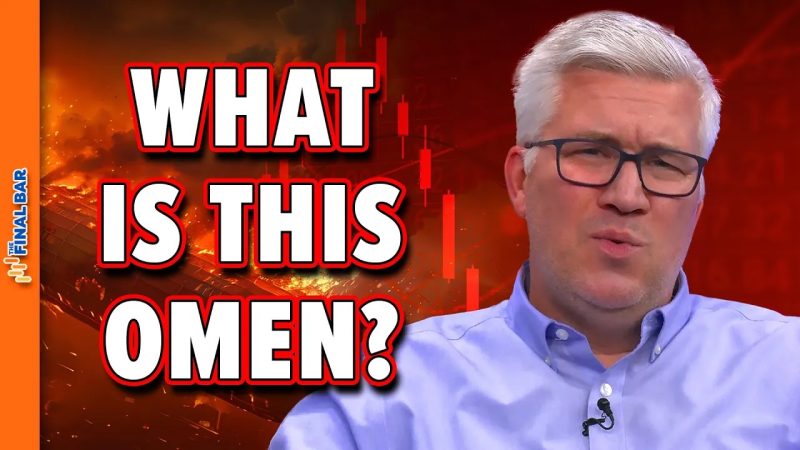The Hindenburg Omen: A Comprehensive Guide
Definition and Origin
The Hindenburg Omen is a technical analysis pattern that is believed to predict stock market crashes. It is named after the German airship Hindenburg that famously crashed in 1937. The term was coined by Jim Miekka, a mathematician and frequent contributor to the stock market magazine The Miekka Report. The Hindenburg Omen is based on several criteria that occur simultaneously in the stock market and is said to signal a potential downturn in the markets.
Criteria of the Hindenburg Omen
The Hindenburg Omen consists of several technical indicators that, when occurring simultaneously, are thought to indicate an increased probability of a stock market crash. Some of the key criteria include:
– The number of new highs and new lows on the NYSE are both greater than 2.8% of the total number of issues traded.
– The NYSE Composite Index is higher than it was 50 trading days ago
– The McClellan Oscillator is negative on the same day the other criteria are met.
Effects of the Hindenburg Omen
While the Hindenburg Omen is widely followed by some traders and analysts, its effectiveness as a predictive tool for stock market crashes is a subject of debate. Some traders believe that the Hindenburg Omen has successfully predicted market downturns in the past, citing instances such as the 1987 stock market crash. However, critics of the Hindenburg Omen argue that it is based on arbitrary criteria and has no real predictive power.
Duration and Frequency
The Hindenburg Omen is not a frequent occurrence in the stock market, and it is considered to be a rare event. It typically happens during times of market volatility and uncertainty when there is a heightened sense of fear among investors. The duration of the effects of the Hindenburg Omen can vary, with some analysts believing that it signals an imminent crash, while others suggest that it may take weeks or even months for the predicted downturn to occur.
Conclusion
In conclusion, the Hindenburg Omen is a technical analysis pattern that is believed to predict stock market crashes. While its effectiveness as a predictive tool is a subject of debate, the Hindenburg Omen continues to be followed by some traders and analysts as a potential warning sign of market downturns. Investors should exercise caution and consider multiple factors when making investment decisions based on technical analysis patterns like the Hindenburg Omen.
